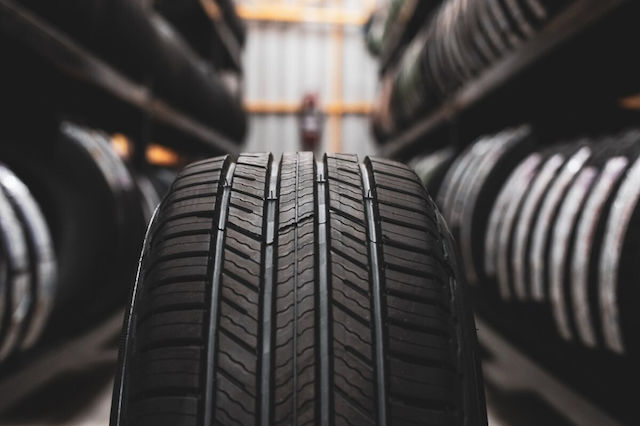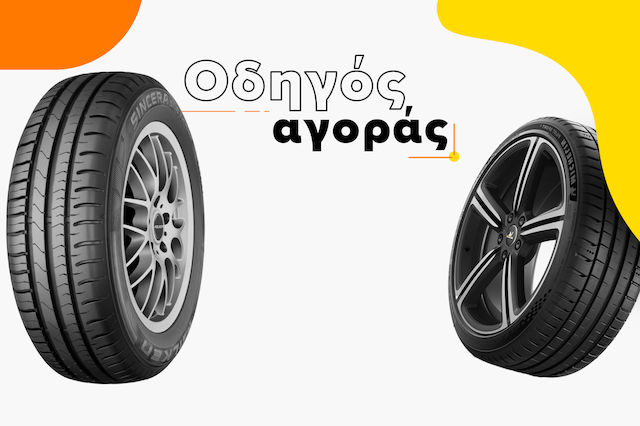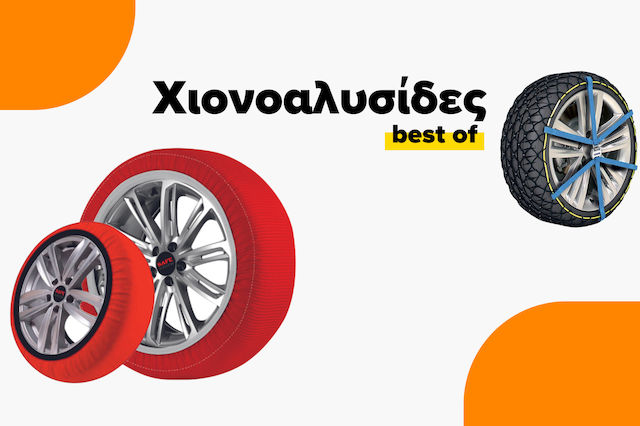New energy label for car tires: What has changed?
The energy label of car tires has changed as of May 1st, 2021 and has acquired a new scale ranging from A to E.

What does this mean in practice?
1. Fuel economy
Depending on the rolling resistance of the tire, fuel efficiency ranges from category A to category E. The first category includes tires with lower rolling resistance and better fuel economy, while the last category includes tires with higher rolling resistance and greater fuel consumption. Tires with low rolling resistance not only save fuel, but also have a reduced impact on the environment.
2. Wet grip
Wet grip (adhesion) is an important and vital characteristic of tires. The wet grip rating shows the ability of the tire to perform in wet conditions and is classified into categories A to E. The first category includes tires that require short braking distances on wet roads, while the last category includes tires that require longer braking distances.
3. Noise level
The noise level indicates the external rolling noise of the tire measured in decibels (dB). The new energy label distinguishes the noise level rated in categories A to C.

Also, at the bottom of the energy label, we can see additional icons (if the tire has them), which indicate the suitability of the tire for conditions of heavy snow or the grip in icy conditions. The icon with the snowflake indicates that this particular tire has been tested in specific winter conditions and provides the required performance in heavy snow.

The icon with the snow-capped mountain can be seen on winter tires, indicating that this specific tire has been tested in a designated ice grip test. These tires are only suitable for road surfaces covered in ice and compact snow.

What are the differences between the old energy label and the new one?
1. The scale now consists of classes A, B, C, D, E compared to the old one which had more classes like A, B, C, D, E, F, G. Tires belonging to class A (green & blue color) have the best rating, therefore lower consumption and better performance on wet surfaces. While tires belonging to class E (red & blue color) have the highest fuel consumption and lower performance on wet surfaces.
2. A new addition to the energy label is the tire dimension with speed and load indexes (see more here), as well as the code C1, C2, C3 indicating the type of vehicle, e.g. C1 for passenger cars, C2 for light commercial vehicles, and C3 for heavy-duty commercial vehicles.
3. The third addition in order is the QR code in the top right corner of the label. By scanning the code with a smartphone, you can access the European product database "EPREL", which provides additional information about products with energy labeling.
4. In the bottom part of the label, the noise level icon is displayed, which existed in the old label as well. Finally, another new addition is the 2 visual symbols indicating whether the tire has snow grip or ice grip.
The new tire label, which applies to all new tires sold in the European Union, was designed to help car drivers choose tires that meet their needs. For example, information regarding low rolling resistance can offer significant fuel savings and reduced emissions for the driver.
To learn more before purchasing your next tires, you can read our detailed guide -----> What tires to put on your car? Tire buying guide





Be the first to leave a comment!